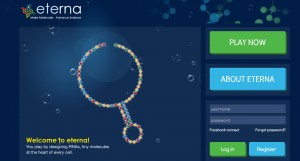Washington Post tells us: “Three superplayers of an addictive online puzzle game have done something that Stanford University Medical School believes is unprecedented: They’ve become the first authors on a paper published in a peer-reviewed scientific journal based on their discoveries in playing the large-scale, online video game EteRNA.”
The Journal of Molecular Biology is a peer-reviewed scientific journal where authors with solid scientific reputation publish their works. The scientific article in question was published last month by the three “citizen scientists” authors, considered amateur scientists. How is this possible?
Who gets to publish scientific articles has to go through the regular channel of working with authorities in the scientific field and then becoming a scientific authority: it’s the thread of trust in the creation of knowledge. This is the traditional way to develop one’s own expertise and get recognised by the scientific community. However, this way changed over the last decades: new educational pathways grew inside the traditional academic environment via the MOOCs but also outside them via citizen science projects.
The MOOCs are educational models that approach a large audience, with a huge impact on the global education, where the knowledge, structured in various subjects is given away: it flows from universities to people.
In the citizen scientist project model, the knowledge flows the other way around. The universities need help, they have huge projects working with big data that ask for too much money and infrastructure or too many people, all in all too much for a university to handle by itself. They need help not only in the form of funding (level 1) and distributed computer processing power (level 2) but also through crowdsourcing human-processing power – fresh, non-biased input – to analyse complex problems, images or samples (level 3) [2]. So the universities created frameworks for people to learn and challenge them to help solve problems with great impact for the whole society.
The citizen projects are not new. I remember two of them from more than a decade ago: the SETI@home program, from Berkeley University, in search for signals from the outer space and Rosetta@home, from University of Washington, which analyses the folding of protein structures to find cures for severe diseases. Both were using a large network of computers distributed everywhere in the world, working at any time, for which I remember I made a humble contribution by letting all the computers work over night for more than one year.
At that time, these projects were only asking for infrastructure. Later, they transformed, they grew to the highest level, where people became active contributors to solving complex problems.
That’s how, in a video game called EteRNA, amateur scientists (advanced) players became experts in the field of RNA folding.
 They didn’t work alone, three of them joined forces, explored difficult problems and documented their steps. Washington Post tells the story: at a certain point, the main investigator of EteRNA from Standford University Medical School – and the senior author – realised the value of their work and stepped in with the purpose of helping the group present their results to the whole scientific community. That’s how the work became recognised and had a secured entry in a peer-revied journal.
They didn’t work alone, three of them joined forces, explored difficult problems and documented their steps. Washington Post tells the story: at a certain point, the main investigator of EteRNA from Standford University Medical School – and the senior author – realised the value of their work and stepped in with the purpose of helping the group present their results to the whole scientific community. That’s how the work became recognised and had a secured entry in a peer-revied journal.
Nonetheless, this is a win-win situation: the university creates the framework, channels knowledge from people outside their campus – giving only supervision – and collects their work results for the benefit of the whole scientific community. This is research crowdsourcing [2] but the crowd is from the “outskirts” of the academic world.
Of course – and this is well known by the online courses and game developers – building the right course, game or framework is not easy. But when it’s successful, as with EteRNA, then the academia and the crowd are building new bridges and closing knowledge gaps to everyone’s benefit.
References
[1] Washington Post (http://wapo.st/1q3WUwm accessed 18 Februari 2016)
[2] Citizen science: Chandra Clarke at TEDxChathamKent (https://www.youtube.com/watch?v=U7XOcB6_TWw accessed 24 March 2016)

KNAW organiseert op 16 juni 2016 een symposium over Citizen Science, zie https://www.knaw.nl/nl/actueel/agenda/citizen-science.